Home>Garden Essentials>How To Install Turf For Pets
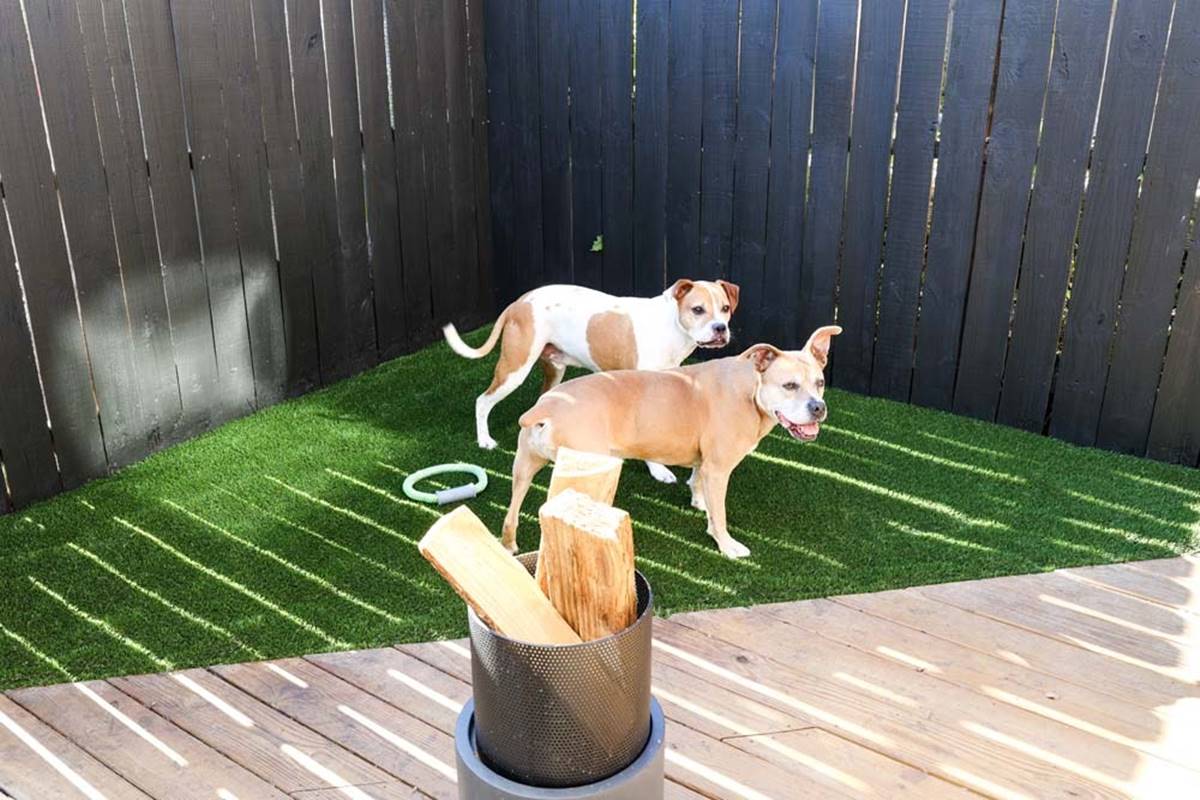

Garden Essentials
How To Install Turf For Pets
Modified: March 7, 2024
Learn how to install pet-friendly turf in your garden with our step-by-step guide. Create a safe and comfortable space for your furry friends to enjoy.
(Many of the links in this article redirect to a specific reviewed product. Your purchase of these products through affiliate links helps to generate commission for Storables.com, at no extra cost. Learn more)
Introduction
Adding turf to your garden can greatly enhance its beauty and functionality, providing a lush green space for relaxation and outdoor activities. However, if you have pets, it’s important to choose the right type of turf and install it properly to ensure their safety and comfort.
Installing turf for pets requires careful consideration of their needs and habits, as well as the specific requirements of your garden. From choosing the right turf, to preparing the installation area, to ensuring proper drainage and maintenance, there are several steps involved in creating a pet-friendly turf area.
In this article, we will guide you through the process of installing turf for pets, offering valuable tips and insights along the way. Whether you have energetic dogs that love to run, playful cats that appreciate a soft surface, or any other furry friends, these guidelines will help you create a pet-friendly space that both you and your pets will enjoy.
So, let’s dive in and discover how to install turf for pets in your garden!
Key Takeaways:
- Choose durable, soft, and stain-resistant turf for pets. Prepare the area, gather tools, and install the turf step by step to create a safe and enjoyable space for your furry friends.
- Maintain proper drainage, safety, and regular cleaning to keep your pet-friendly turf in top condition. Create a secure and beautiful outdoor space for your pets to roam and play.
Read more: How To Install Turf Grass
Choosing the Right Turf for Pets
When it comes to selecting turf for your pets, there are a few key factors to consider. Here are some important guidelines to help you choose the right turf:
- Durability: Pets, especially dogs, can be quite active and may run, dig, or play vigorously on the turf. Therefore, it’s crucial to opt for a turf that is durable and can withstand their activities without getting damaged easily. Look for turf varieties that are known for their strength and resilience.
- Softness: Pets appreciate a soft and comfortable surface to walk and play on. Choose a turf with a dense and plush texture that will provide a gentle landing for their paws. This will also help prevent any discomfort or injuries that may occur from rough or uneven surfaces.
- Odor and Stain Resistance: Pets can sometimes have accidents on the turf, so it’s important to choose a turf that is resistant to odors and stains. Look for turf varieties that have built-in mechanisms to combat pet-related issues, such as anti-microbial treatments that prevent odor-causing bacteria from thriving.
- Drainage: Pets may urinate on the turf, and proper drainage is essential to prevent the accumulation of moisture and odors. Opt for turf that has excellent drainage capabilities, allowing liquids to flow through easily and quickly.
- Pet-Friendly Pesticides: Consider using pet-friendly pesticides and fertilizers on your turf to ensure the safety of your pets. Avoid toxic chemicals that may harm them if ingested or come into contact with their paws.
It’s recommended to consult with a professional turf supplier or landscaper who has experience with pet-friendly turf installations. They can guide you in choosing the most suitable turf variety for your specific garden and pet requirements.
By taking into account these factors while choosing the right turf for your pets, you can create a safe and enjoyable environment for them to frolic in.
Preparing the Installation Area
Before installing the turf for your pets, it’s essential to properly prepare the installation area. Here are the steps to follow:
- Clean the area: Begin by clearing the area of any debris, rocks, or weeds. Remove any existing grass or vegetation present in the installation area. This will provide a clean and even surface for the turf.
- Level the ground: Use a garden rake or leveling tool to ensure the ground is level and free from any bumps or unevenness. This will help in achieving a smooth and consistent turf installation.
- Remove obstructions: Check for any underground utilities or pipes that may be present in the installation area. It’s crucial to mark and avoid these areas to prevent any damage during the installation process.
- Measure and mark: Measure the installation area and mark the boundaries using stakes or string. This will help guide you during the installation process and ensure accurate placement of the turf.
- Apply a weed barrier: To prevent weed growth and ensure a weed-free turf, it’s recommended to lay a weed barrier fabric over the prepared ground. This will help inhibit the growth of unwanted vegetation and maintain the overall aesthetics of the turf.
Preparing the installation area properly is a crucial step in creating a durable and long-lasting turf for your pets. It ensures a clean and level foundation, allowing for the proper installation of the turf.
Once the area is prepared, you’re ready to move on to the next step: gathering the necessary tools and materials for the turf installation.
Gathering the Necessary Tools and Materials
Before you start installing the turf for your pets, it’s important to gather all the necessary tools and materials. Having everything on hand will streamline the installation process and ensure a smooth workflow. Here’s a list of the essential items you’ll need:
- Turf rolls: Purchase high-quality turf rolls that are suitable for pet use. Measure the installation area beforehand to determine the amount of turf you’ll need.
- Utility knife: A sharp utility knife will be required to cut the turf rolls to fit the installation area accurately.
- Adhesive or turf tape: Depending on the type of turf you’ve chosen, you may need adhesive or turf tape to secure the edges of the turf rolls together.
- Hammer: A hammer will be needed to secure the stakes or nails during the installation process.
- Stakes or nails: Use stakes or nails to secure the edges of the turf and ensure it stays in place.
- Wheelbarrow: This will be useful for transporting and spreading any necessary materials, such as gravel or topsoil.
- Garden rake: A garden rake will be helpful for leveling the ground and spreading any necessary materials.
- Infills (optional): Depending on the turf variety you’ve chosen, you may need infills to provide additional support and ensure the longevity of the turf. Consult with the turf supplier for their recommendations.
By gathering all these tools and materials in advance, you’ll have everything you need to complete the turf installation efficiently. It’s always a good idea to double-check the list and ensure you have everything on hand before you begin the installation process.
Now that you’re equipped with the necessary tools and materials, it’s time to start installing the turf step by step.
Installing the Turf Step by Step
Installing turf for your pets requires careful attention to detail and following specific steps. Here’s a step-by-step guide to help you install the turf correctly:
- Unroll the turf: Start by unrolling the turf rolls and allow them to relax for a couple of hours. This will help eliminate any creases or wrinkles that may have formed during transportation.
- Trim and shape: Use a utility knife to trim the turf rolls to fit the installation area accurately. Take care to cut the turf neatly and follow the marked boundaries.
- Lay the turf: Begin laying the turf from one end of the installation area, making sure the edges are touching each other tightly. Avoid stretching the turf excessively, as this can lead to unevenness or curling later on.
- Secure the edges: Use either adhesive or turf tape to secure the edges of the turf rolls together. This will prevent them from shifting or separating over time. Alternatively, you can also use stakes or nails to secure the edges if you prefer.
- Smooth out the turf: Once the turf is laid and secured, use a garden rake to gently smooth out any unevenness or bumps. This will help create a seamless and level surface.
- Apply infills (optional): If your chosen turf requires infills, now is the time to apply them. Follow the manufacturer’s instructions for the correct amount and method of applying the infills. This will provide additional support and stability to the turf.
- Brush or comb the turf (optional): Depending on the turf variety, it may be beneficial to brush or comb the turf fibers for a more natural and uniform appearance. This step can help give the turf a fresh and well-manicured look.
Throughout the installation process, it’s important to pay attention to the details and ensure that the turf is laid accurately and securely. Take your time and make any necessary adjustments to achieve a flawless installation.
Once the turf is installed, the next step is to address the drainage needs of your pet-friendly turf area.
When installing turf for pets, make sure to choose a pet-friendly turf that is non-toxic and easy to clean. Additionally, consider adding a drainage system to prevent odors and make cleaning up after your pets easier.
Read more: How To Install Turf In Yard
Applying Proper Drainage
Proper drainage is essential for a pet-friendly turf area to prevent the accumulation of water and ensure a healthy environment for your pets. Here are some steps to ensure proper drainage:
- Assess the existing drainage: Evaluate the existing drainage system in your garden. Ensure that there are no areas where water tends to pool or accumulate. If there are any drainage issues, such as low spots or poor soil condition, address them before installing the turf.
- Install a base layer: Consider adding a base layer of crushed gravel or permeable pavers to enhance drainage. This base layer will allow excess water to drain through, preventing saturation of the soil and potential waterlogging issues.
- Add perforated pipes: If required, install perforated pipes beneath the turf to facilitate proper drainage. These pipes will help channel any excess water away from the turf area, preventing water buildup.
- Create slope: Ensure that the installation area has a slight slope to allow water to naturally flow away. This will prevent water from pooling on the turf, reducing the risk of muddy surfaces and water damage.
- Use a sand or gravel infill: Opt for a sand or gravel infill option between the turf fibers. This infill will help absorb excess moisture and improve drainage, ensuring a drier and cleaner surface for your pets to enjoy.
- Regular maintenance: Maintain proper maintenance practices such as regular raking and debris removal to prevent any blockage in the drainage system. Keep an eye out for any signs of water accumulation and address them promptly.
By implementing these drainage measures, you can ensure that your pet-friendly turf area remains free from water buildup, mud, and potential hazards. Remember to regularly inspect the drainage system and address any issues promptly to maintain optimal conditions for your pets.
Now that your pet-friendly turf area is properly drained, it’s time to focus on the safety aspects to provide a secure environment for your pets.
Ensuring Safety for Pets
Creating a safe environment for your pets is of utmost importance when installing turf in your garden. Here are some key steps to ensure the safety of your furry friends:
- Avoid toxic materials: Use pet-friendly materials throughout the turf installation process. Avoid using toxic chemicals, fertilizers, or pesticides that could be harmful if ingested by your pets. Instead, opt for natural and pet-safe alternatives.
- Choose non-toxic infills: If you’re using infill materials for your turf, select non-toxic options that won’t pose any harm to your pets if they come into contact with them or accidentally ingest them.
- Secure the turf edges: Make sure that the edges of the turf are properly secured to prevent your pets from lifting or chewing on them. Use adhesive, turf tape, or stakes to firmly secure the edges and discourage any destructive behavior.
- Create barriers: If there are specific areas in your garden that are unsafe for your pets, consider creating barriers or designated zones to restrict their access. This can help prevent them from entering areas with potential hazards.
- Supervise and train: While turf is a great outdoor space for your pets to enjoy, it’s important to supervise them and provide proper behavioral training. Train your pets to understand boundaries and minimize any potentially harmful behavior on the turf.
- Regularly inspect the area: Conduct regular inspections of the turf area to identify any potential hazards, such as sharp objects or toxic plants. Remove any dangers promptly to ensure a safe environment for your pets.
- Maintain proper hygiene: Regularly clean and maintain the turf to ensure optimal hygiene. Pick up pet waste promptly and rinse the turf regularly to keep it clean and free from bacteria that could potentially harm your pets.
By following these safety precautions, you can create a secure and enjoyable space for your pets to roam and play on the turf. Keeping their well-being in mind, you can provide them with a safe environment where they can freely enjoy the benefits of the outdoors.
Now that you have taken the necessary measures to ensure the safety of your pets, let’s move on to the final step: cleaning and maintaining the turf for long-lasting beauty and functionality.
Cleaning and Maintaining the Turf
Proper cleaning and maintenance are essential for keeping your pet-friendly turf in top condition. Here are some tips for cleaning and maintaining your turf:
- Regularly remove debris: Remove any leaves, twigs, or other debris from the turf surface. This can be done by using a leaf blower, gentle brushing, or hand-picking. Regular debris removal helps maintain the aesthetics of the turf and prevents blockages in the drainage system.
- Address pet waste promptly: Promptly remove and dispose of any pet waste on the turf. Gently hose down the affected area to dilute the urine and prevent odors. Regularly rinsing the turf helps maintain hygiene and prevents the buildup of harmful bacteria.
- Control odor: If you notice persistent odor despite regular cleaning, you can use pet-friendly odor control products. These products can help eliminate any lingering smells and keep the turf area fresh.
- Brush the fibers: Occasionally brush the turf fibers to keep them upright and prevent matting. This can be done with a stiff broom or a special turf brush. Brushing helps maintain the turf’s natural appearance and resilience.
- Inspect for damage: Regularly inspect the turf for any signs of damage, such as worn areas or loose edges. Promptly repair any damages to prevent further deterioration and extend the lifespan of your turf.
- Manage weeds: Keep an eye out for any weeds that may grow through the turf. Remove them by hand, using a weed tool, or applying pet-safe herbicides to maintain a clean and weed-free turf area.
- Trim surrounding vegetation: Trim any nearby vegetation, such as overhanging branches or shrubs, that may interfere with the turf or create shaded areas. This helps promote air circulation and minimizes the risk of moisture retention on the turf.
By following these cleaning and maintenance practices, you can ensure that your pet-friendly turf remains visually appealing, comfortable, and safe for your pets. Regular care and attention will help extend the lifespan of the turf and ensure its long-term functionality.
Now that you have learned how to clean and maintain your turf, let’s wrap up this article.
Conclusion
Installing turf for pets can transform your garden into a welcoming and functional space for both you and your furry friends to enjoy. By following the right steps and considering the unique needs of your pets, you can create a safe and comfortable environment that will withstand their playful antics.
Choosing the right turf that is durable, soft, and resistant to stains and odors is essential. Preparing the installation area by clearing debris, leveling the ground, and applying a weed barrier sets the foundation for a successful turf installation. Gathering the necessary tools and materials beforehand streamlines the process and ensures a smooth workflow.
Installing the turf step by step, paying attention to securing the edges and achieving a smooth surface, is crucial. Applying proper drainage measures and ensuring the safety of your pets through pet-friendly materials, secured edges, and barriers further enhance the quality of your pet-friendly turf area.
Cleaning and maintaining the turf regularly, by removing debris, managing pet waste, and addressing any issues promptly, helps maintain its beauty and functionality over time. By staying vigilant and performing periodic inspections, you can quickly spot and rectify any damage or potential hazards.
In conclusion, installing turf for pets requires careful planning, attention to detail, and ongoing maintenance. By creating a pet-friendly space in your garden, you provide your pets with a safe and enjoyable area to roam, play, and relax. Remember to choose the right turf, prepare the installation area properly, and follow the steps outlined in this article to ensure a successful installation for you and your furry companions.
Now, it’s time to get started on your pet-friendly turf installation project and create a beautiful outdoor space that your pets will love!
Frequently Asked Questions about How To Install Turf For Pets
Was this page helpful?
At Storables.com, we guarantee accurate and reliable information. Our content, validated by Expert Board Contributors, is crafted following stringent Editorial Policies. We're committed to providing you with well-researched, expert-backed insights for all your informational needs.

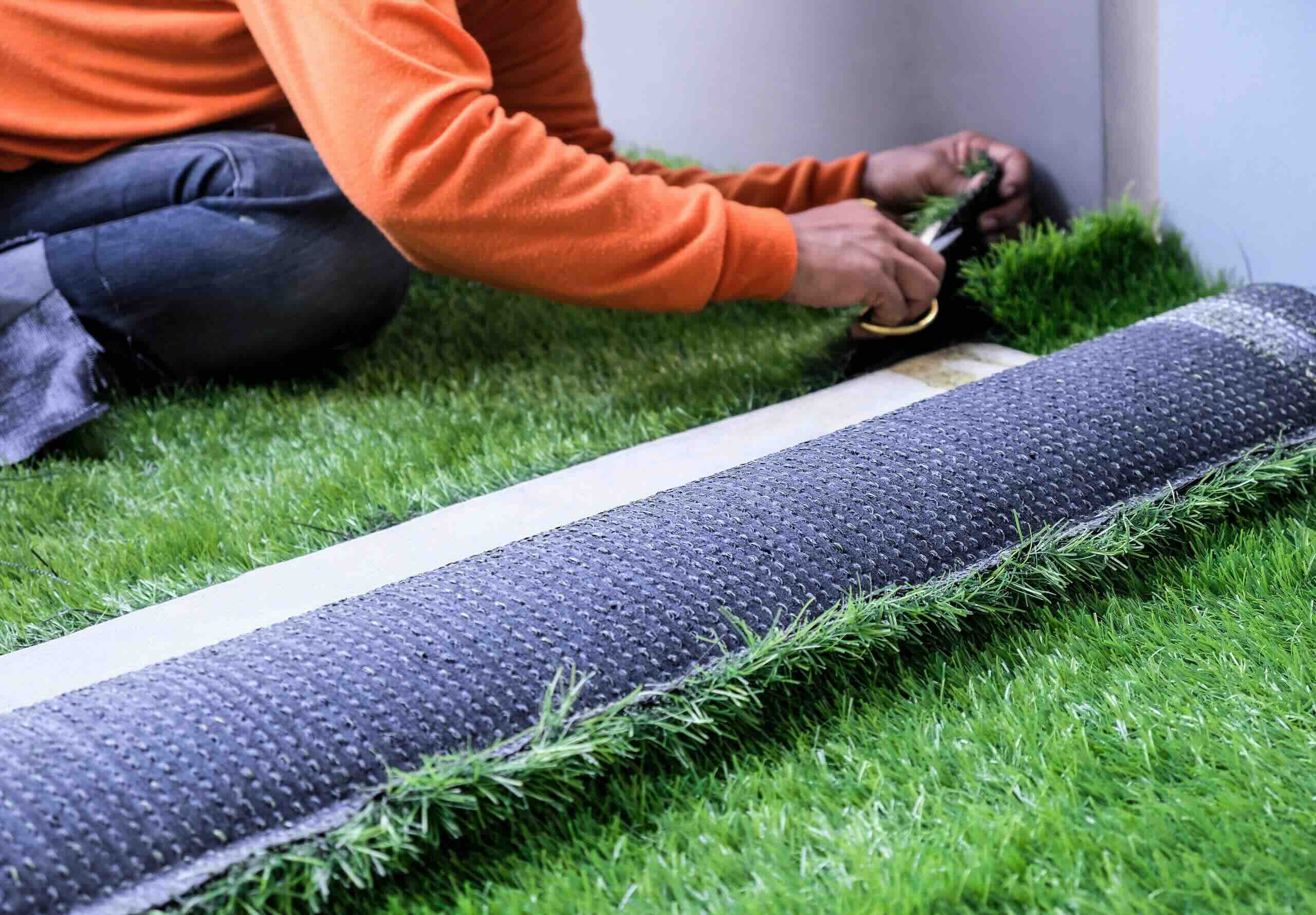

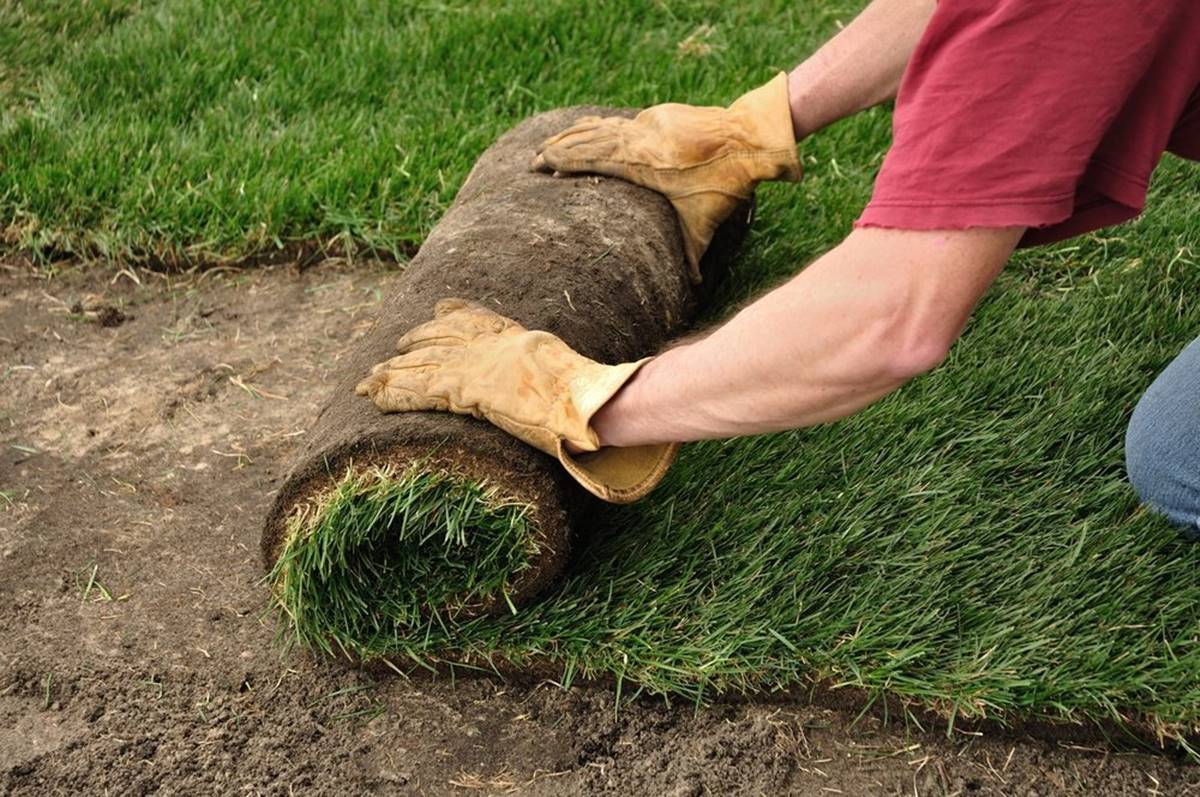
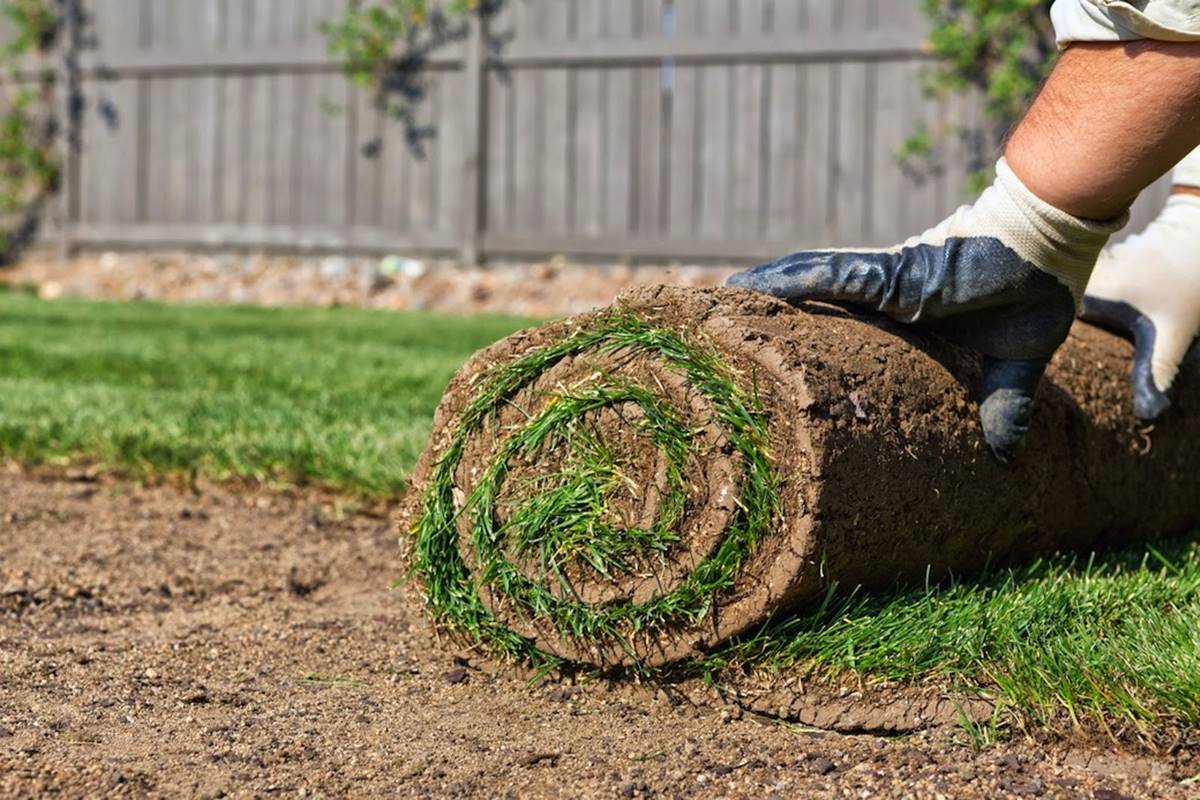
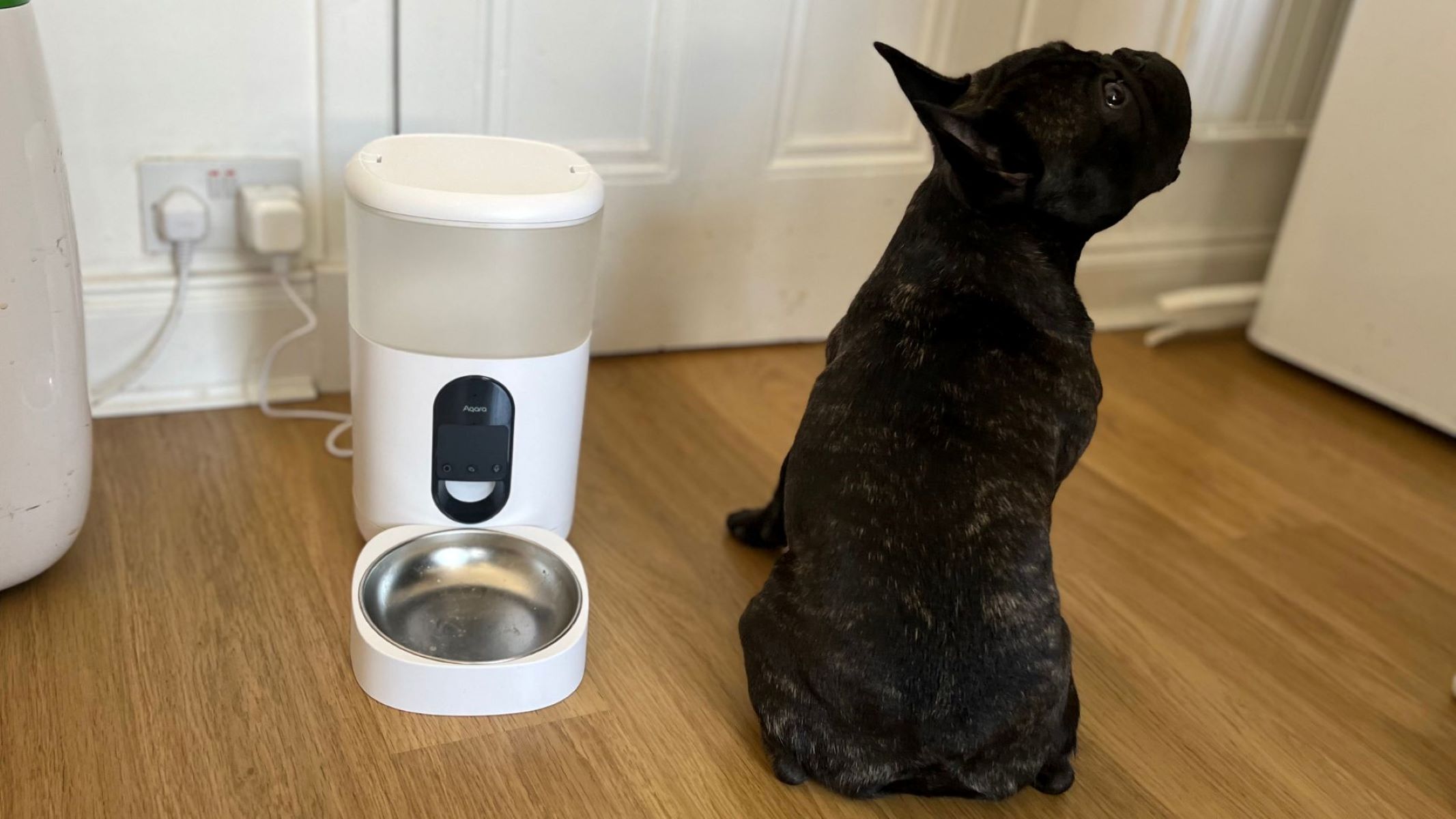
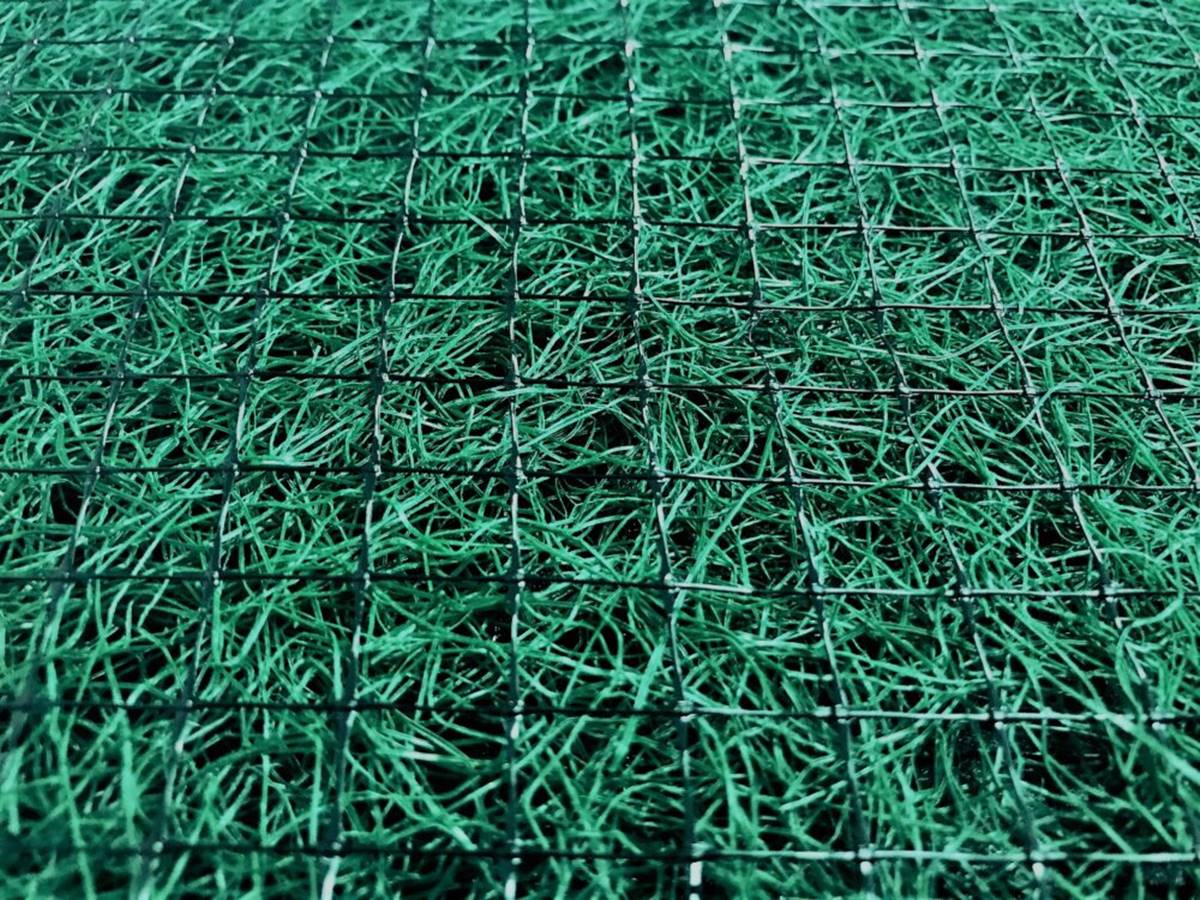
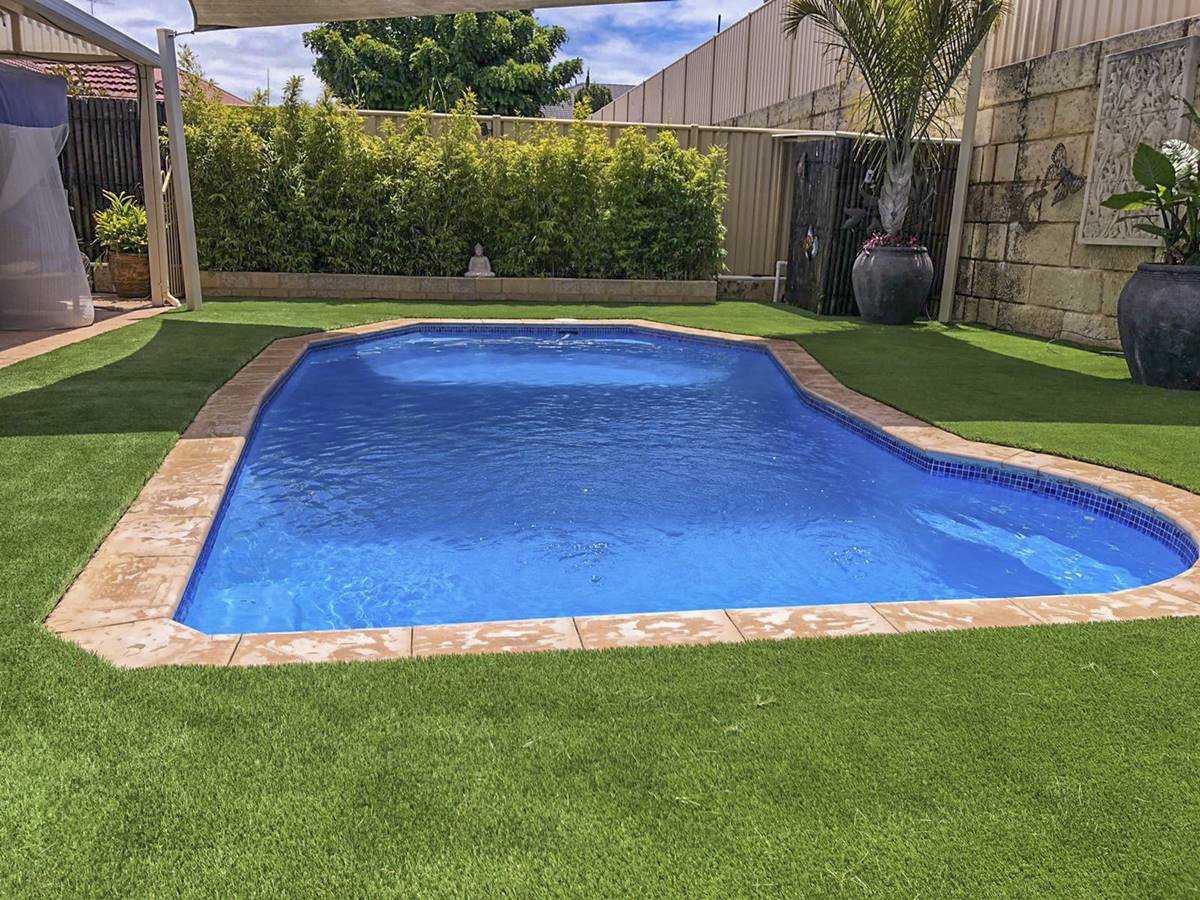
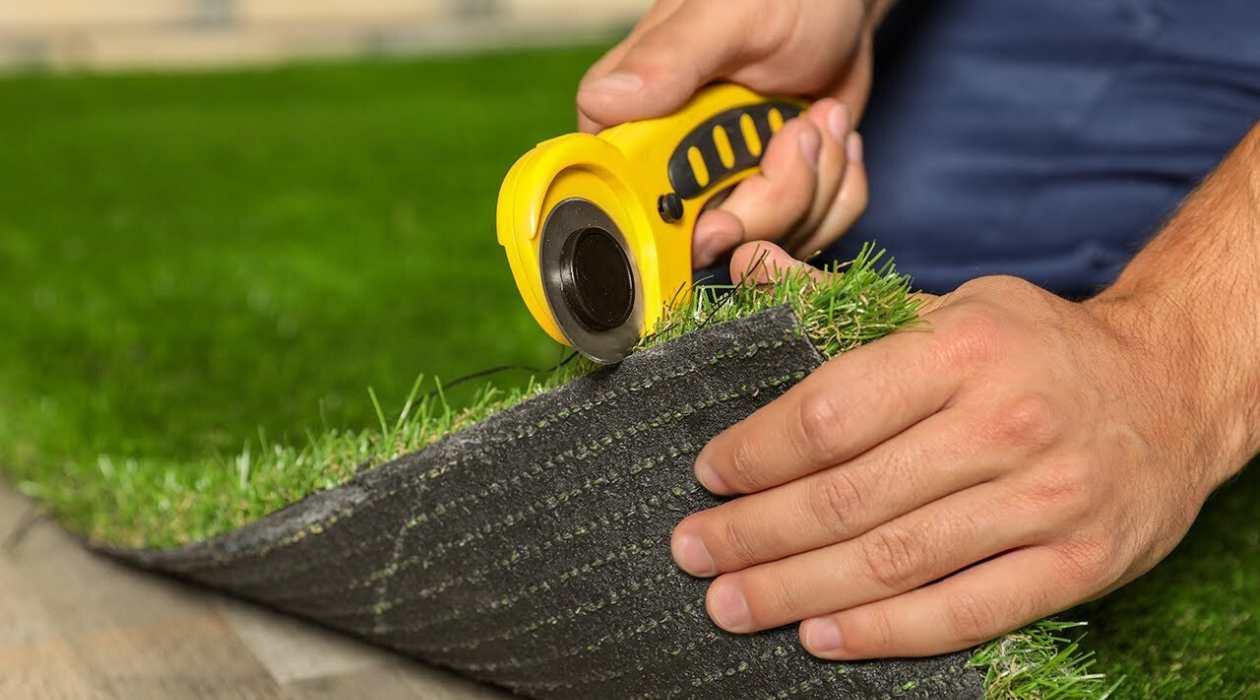
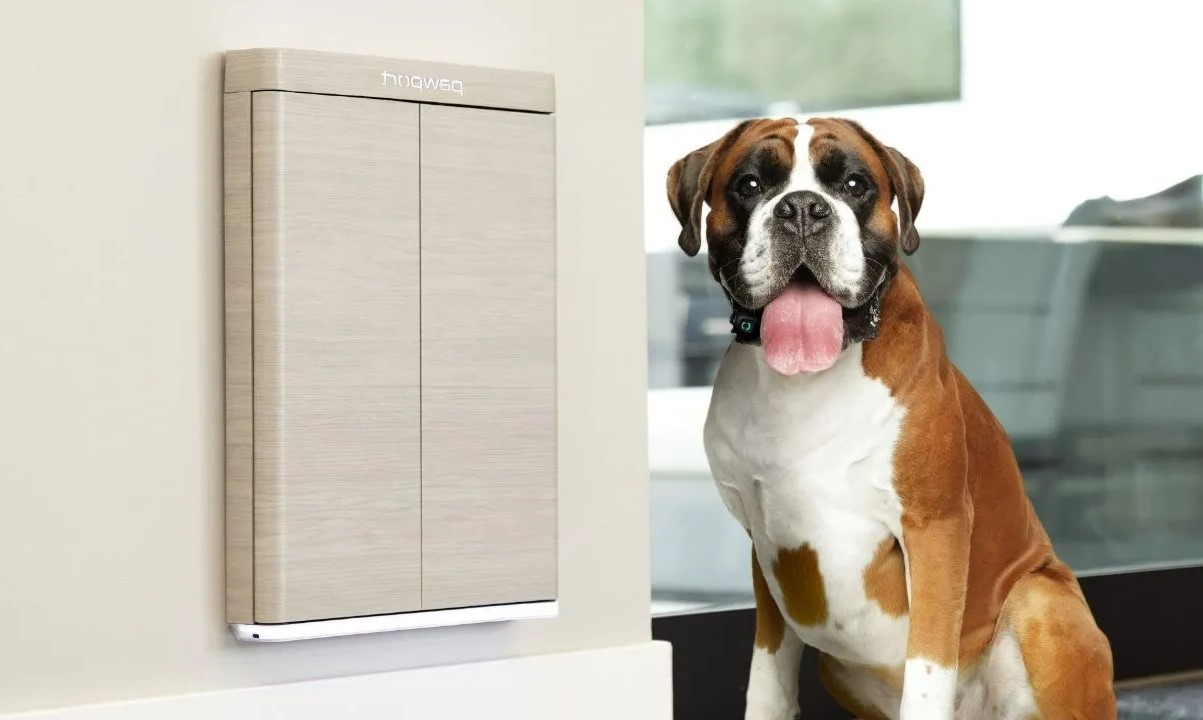
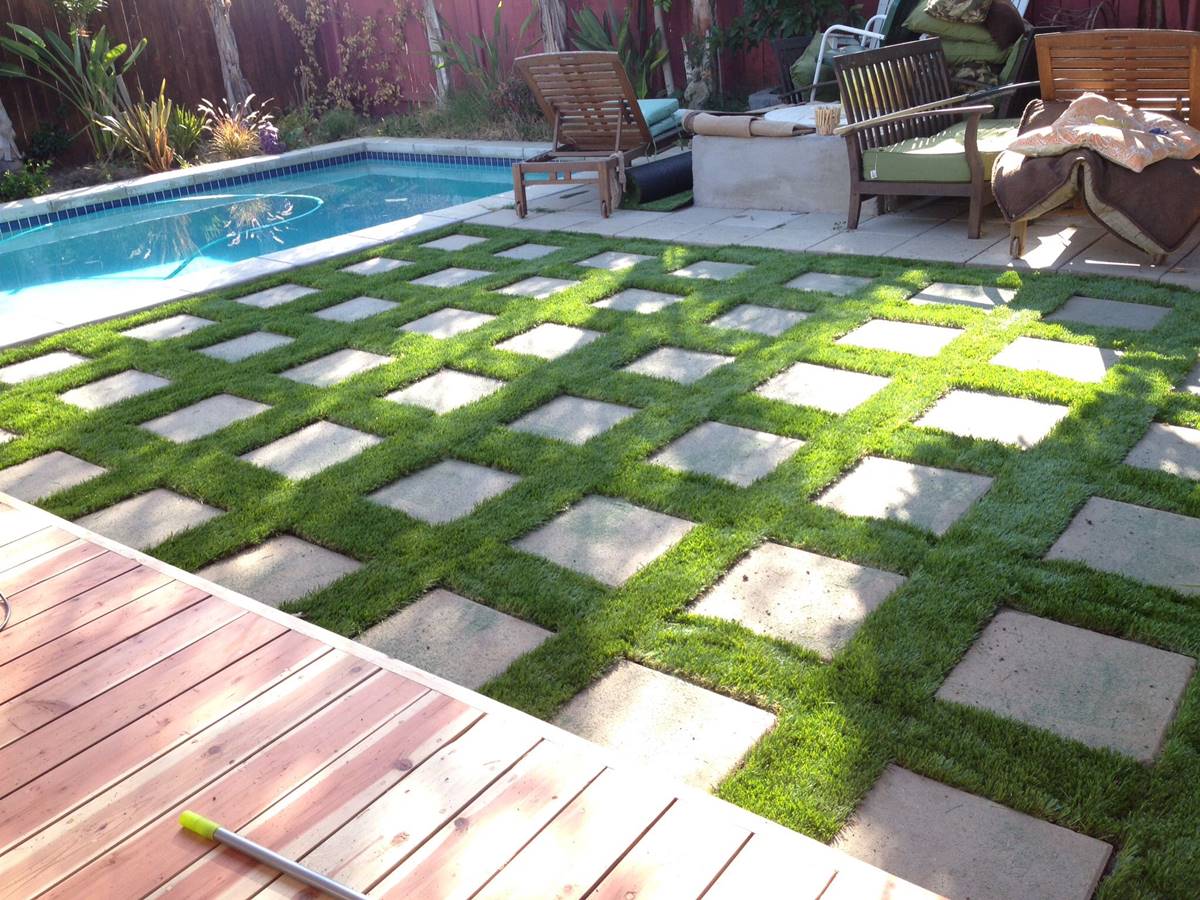
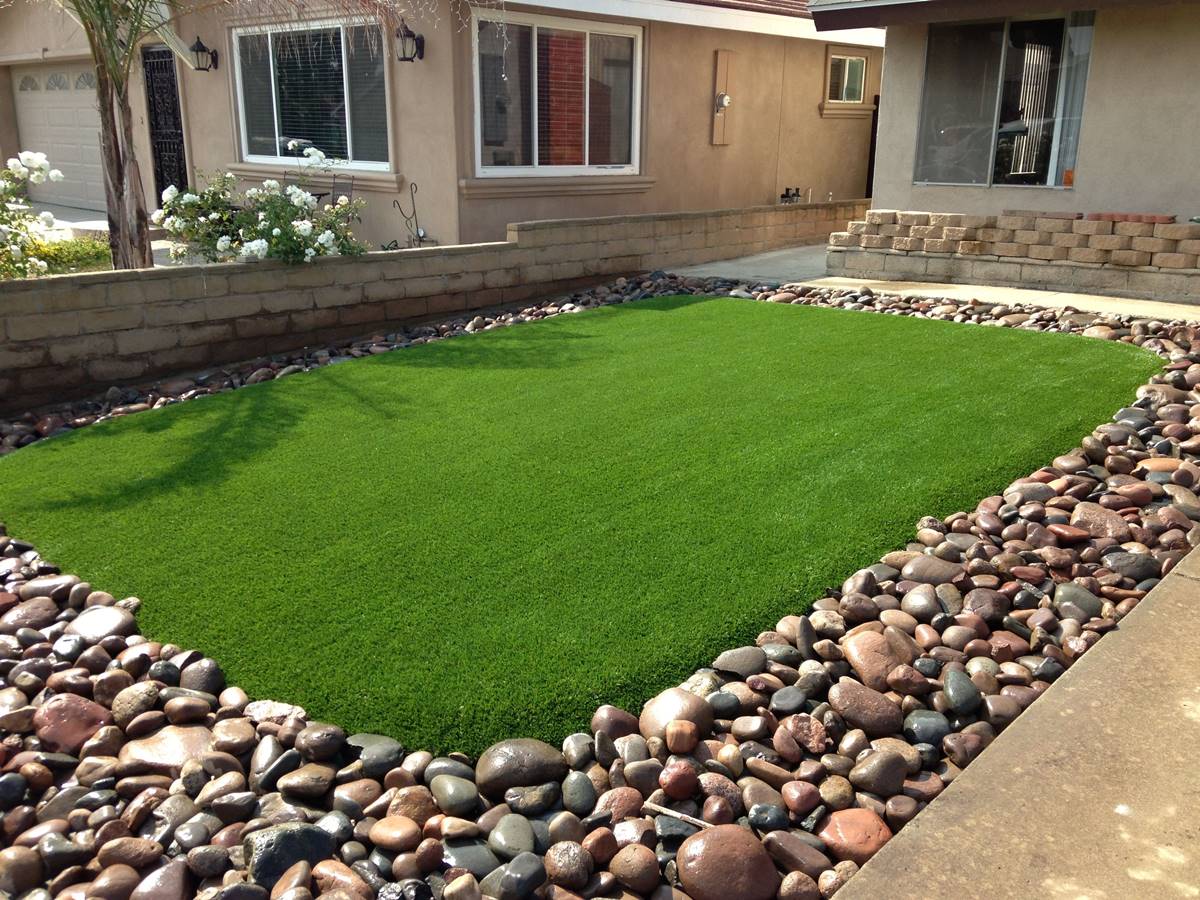
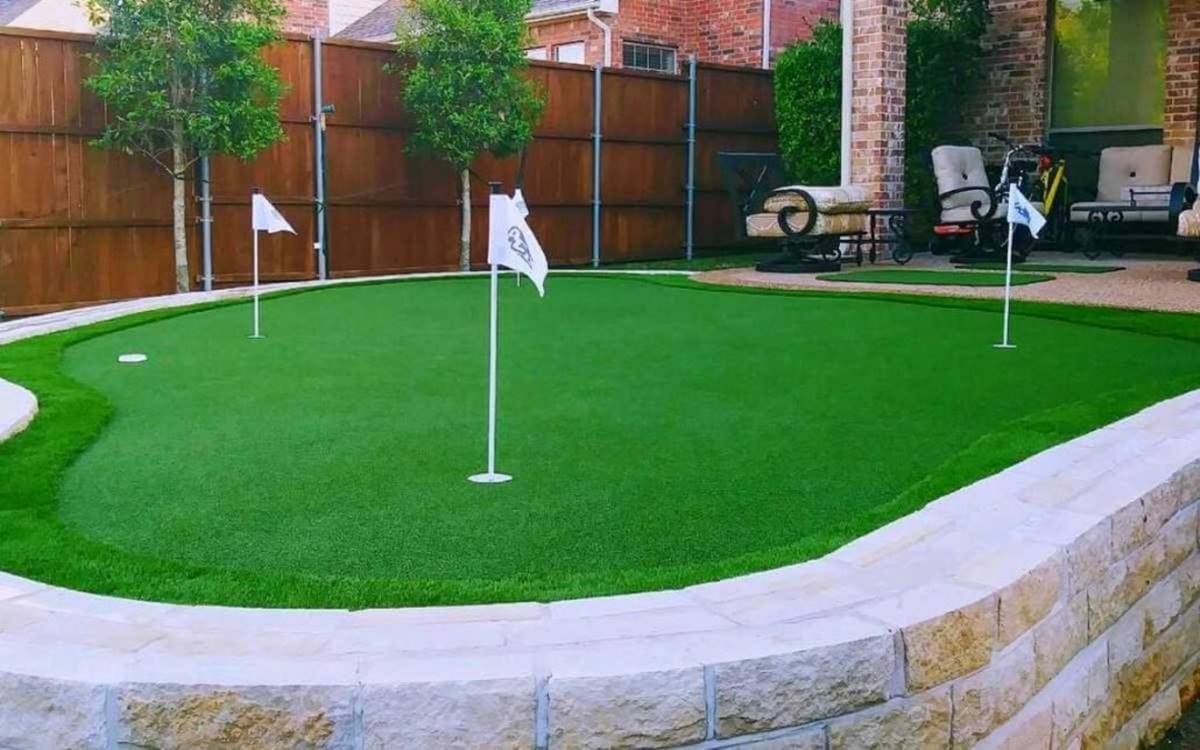
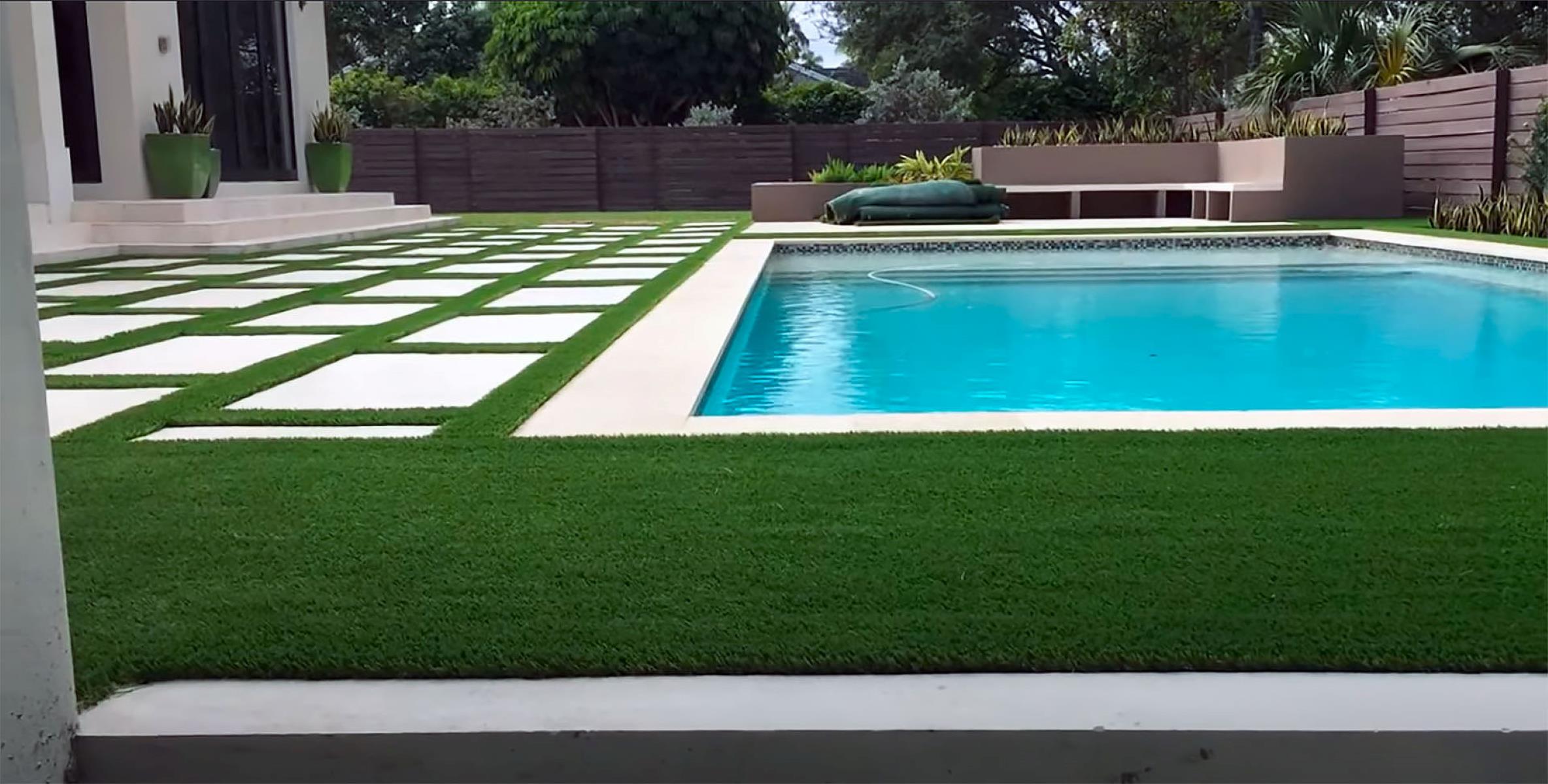

0 thoughts on “How To Install Turf For Pets”